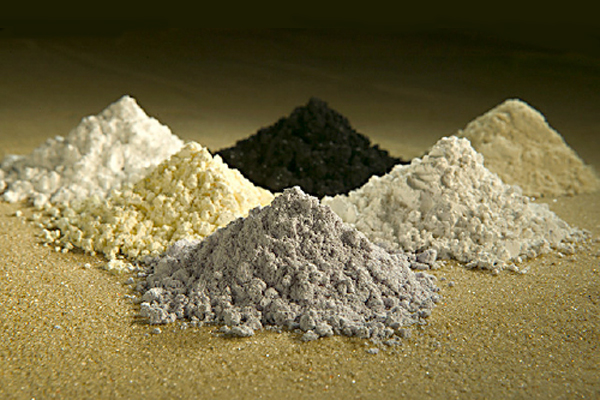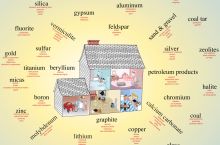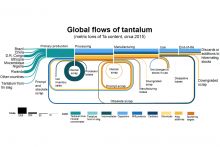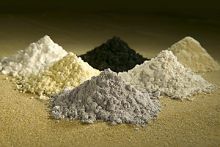Critical minerals are those that are essential to the economy and whose supply may be disrupted. Critical minerals also tend to be those on which a country is heavily import-reliant, so the minerals that are deemed critical will vary from country to country. Demand for many of these minerals has skyrocketed in recent years with the spread of high-tech devices that use a wide variety of materials.
Basics
Critical minerals are mineral resources that are essential to the economy and whose supply may be disrupted. The 'criticality' of a mineral changes with time as supply and society's needs shift. Table salt, for example, was once a critical mineral. Today, many critical minerals are metals that are central to high-tech sectors. They include the rare earth elements and other metals such as lithium, indium, tellurium, gallium, and platinum group elements. Read more











